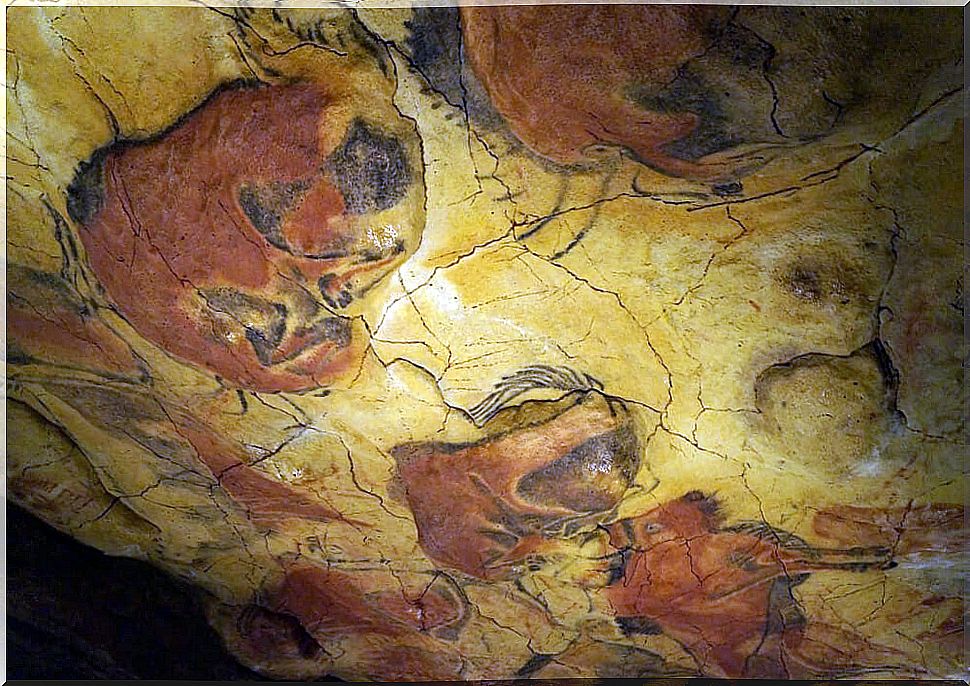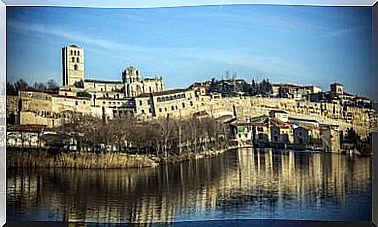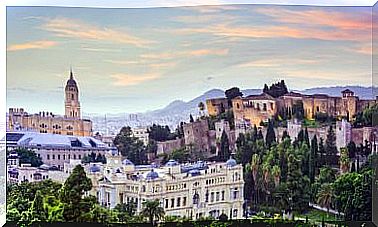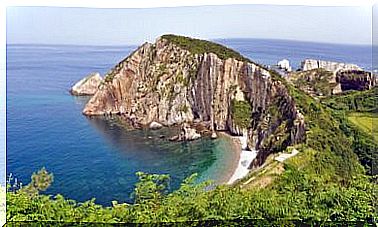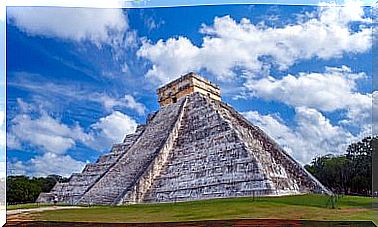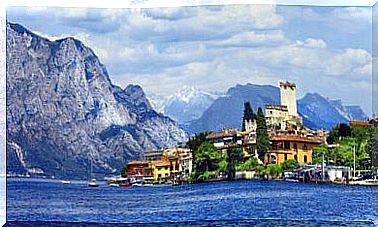The Cave Of Hands: Discover This Archaeological Treasure

The Cueva de las Manos, in Argentina, hides some wonderful prehistoric cave paintings. They are neither more nor less than the oldest artistic manifestation in South America. It is a treasure located in the remote lands of Patagonia and whose visit is capable of satisfying the craving for adventure of the most experienced travelers.
How to get to the cave of the Hands

Getting to the Cueva de las Manos, in itself, is an unforgettable journey through landscapes as suggestive as they are wild. In fact, you have to travel part of National Route 40, which for 5000 kilometers runs from north to south the territory of Argentina. Without a doubt, one of the most spectacular roads that can be traveled on this planet.
Well, on that immense road you have to get to the junction with Provincial Route 43. There the small town Bajo Caracoles will be indicated. This inhabited nucleus of the province of Santa Cruz is the closest to the Cueva de las Manos.
And from Bajo Caracoles you have to look for the directions that take us to the Pinturas River Canyon. It is in its elevations where this jewel of the Argentine and Latin American historical heritage is located.
The discovery of the cave of the Hands

Today, this rugged and remote place is perfectly located on the maps, and even georeferenced, so it is not difficult to get there. But it was not always like this. There was a time when this area of Patagonia, neighboring the Andes, was an unexplored territory. Only the most intrepid scientific expeditions arrived here.
It was in one of them, in the last quarter of the 19th century, when the Cueva de las Manos came to light. The discovery was made by an expedition commanded by Franciso Pascasio Moreno. A name that may not tell you anything, but it is the famous Perito Moreno, the same one that gives its name to the impressive glacier that is also in the Argentine province of Santa Cruz.
Why Cave of the Hands?
When visiting the Cave of the Hands, its name is immediately understood. More than 800 hands are painted on these walls. Almost all negative and almost all left. This is due to the method used to paint them.
Much more than hands
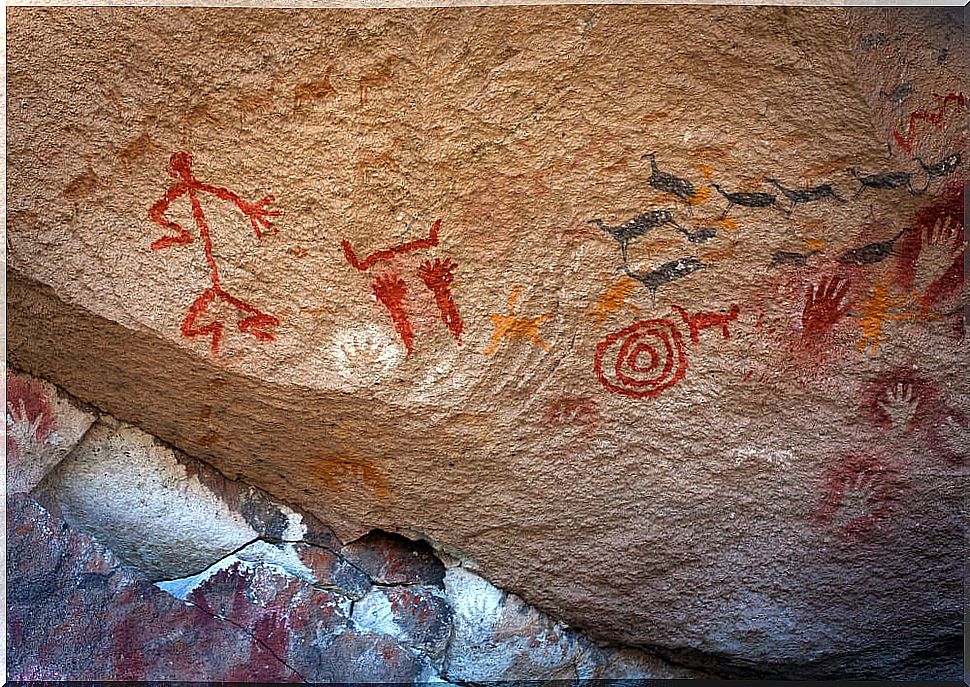
It is clear that the hands are the main element of this great cave complex. But there is more. The truth is that the researchers distinguish three phases of realization in all this pictorial repertoire of American Prehistory.
With an age that is dated around the years 9500 and 9000 a. C., the oldest paintings represent groups of animals in hunting scenes. The favorite prey in the area appears in them: guanacos, which were used to be hunted by lasso.
Then there is the majority group, which is that of negative hands in different colors such as ocher, red or yellow. They are paintings dated between 7000 and 3000 BC. C. Also among them you can distinguish some animals painted individually, such as ñandús or felines.
Finally, the most ‘modern’ paintings date from the third millennium BC. C. Human figures appear in them, but it is all much more abstract, with geometric and spiral shapes. Thus, a stylistic evolution from the most figurative to abstraction can be appreciated, very similar to that seen in other great rock groups in the world.
A treasure of Patagonia
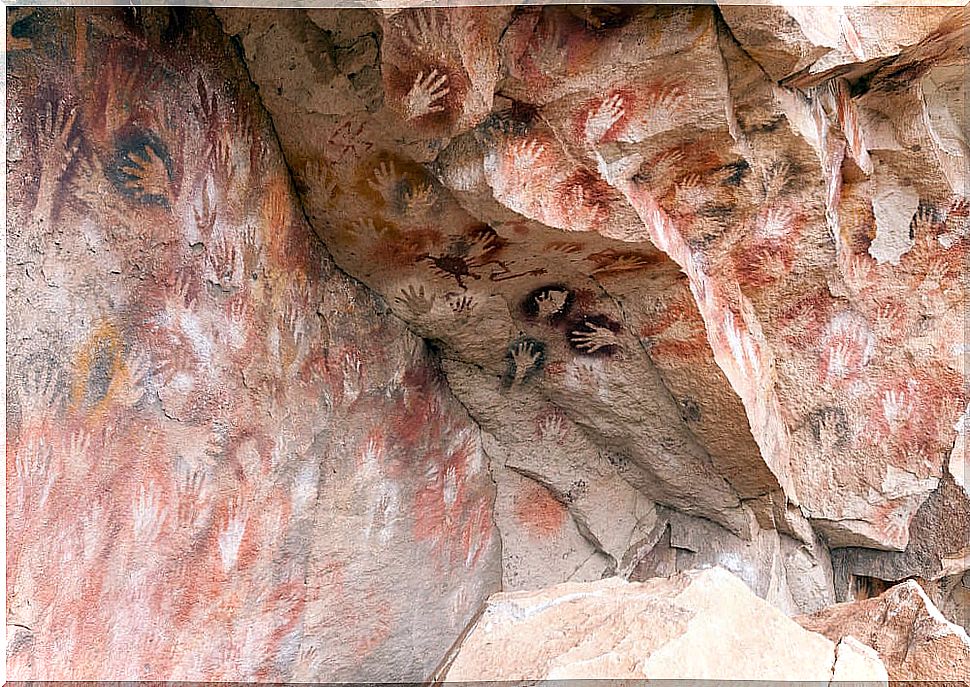
In short, the Cave of the Hands is one of the great wonders that hide the wild landscapes of Patagonia. It is not surprising that due to its beauty and value, the place is declared a UNESCO World Heritage Site.
It is a site that shows us that the settlement of South America is much older than many thought. What’s more, you can surely still provide us with more yet undiscovered testimonials.
